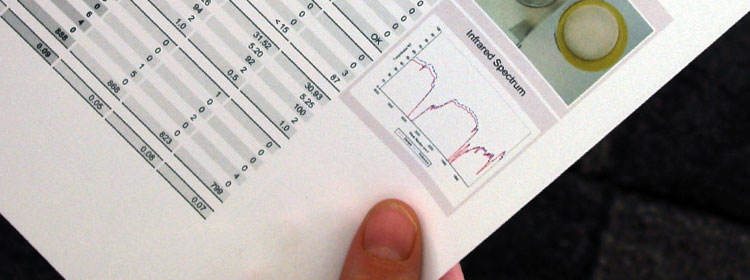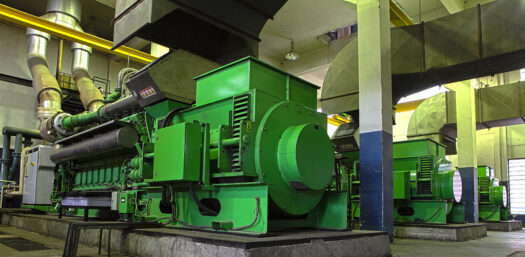Learn how to use FT-IR spectroscopy specifically for your oil monitoring needs
This video training course will teach you how to perform practical oil monitoring using FT-IR spectroscopy. Step by step, you will learn how to reliably detect aging processes, contamination, and additive consumption. Using practical examples, you will learn how to confidently apply standardized methods and use infrared spectroscopy for your analyses of lubricating oils, hydraulic fluids, and greases far beyond standard measurements. This will enable you to increase the informative value of your oil condition diagnoses and make well-founded maintenance decisions.

- Safe use of FT-IR spectroscopy in everyday laboratory work
- Recognizing and evaluating aging processes and contaminants in oils
- Establishing reliable oil condition monitoring using IR spectra
- Extension of the scope of application beyond standard methods
- Increased analysis quality and operational reliability

- Laboratory and maintenance specialists in industry
- Employees in oil analysis and used oil monitoring
- Quality managers and technical specialists
- Operators of equipment with lubrication or hydraulic systems
- Engineers who want to perform oil condition diagnostics on their own






